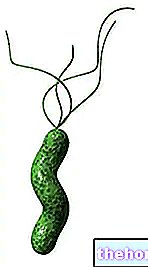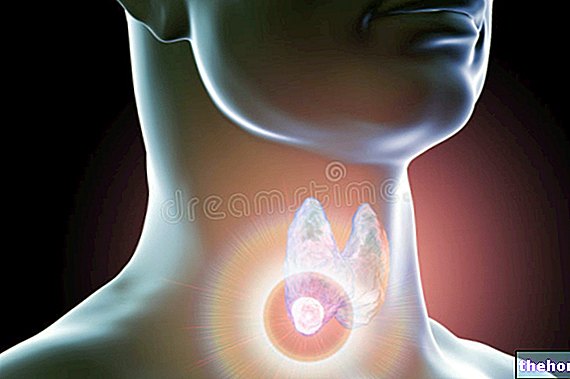Introduction
Although there are many species of ticks in nature, not all are possible vectors of TBE: as we saw in the previous article, the tick species most dangerous for the spread of the Tick-Borne Encephalitis Virus belong to the genus Ixodes (in particular Iodex ricinus).

TBE: symptoms
For further information: Symptoms Tick-borne encephalitis (TBE)
TBE is a typical disease of adulthood; the likelihood that the disease also affects children and adolescents increases during excursions or camping. Although TBE occurs particularly among adults, when the virus infects children and adolescents through the bite of the tick, the symptoms are milder; moreover, in younger patients, the disease tends to regress in a short time, with complete recovery.
Diagnosis of TBE is sometimes problematic, because the disease is asymptomatic in about 65-67% of cases. The virus incubation period is around 7/14 days.
In symptomatic individuals, TBE begins with a high fever accompanied by general malaise, physical fatigue, back pain, headache, joint pain, and nausea. Most of the time, the symptoms that characterize this phase (called viraemic) persist for a week; then follows a variable period from 1 to 20 days during which patients do not complain of fever. In 5-30% of TBE patients, the clinical-symptom picture suddenly degenerates, triggering meningoencephalitis (inflammation of the meninges and brain tissue) or meningitis (inflammation of the meningeal membranes) associated with myalgia, fever, headache and photophobia. When TBE worsens, symptoms worsen: it is not uncommon for the patient to also suffer from flaccid paralysis. Most of the time, symptoms persist for two weeks, then slowly subside. In the most severe forms, subjects affected by TBE can maintain neurological alterations, but TBE causes death only in 1-2% of cases (generally, it occurs 5-7 days after the onset of neurological disorders).
TBE Diagnosis
As mentioned, the diagnosis is not always immediate, since most of the subjects who have suffered the bite of an infected tick do not complain of any symptoms.

The hypothesized diagnosis of TBE is ascertained by analyzing the serum collected during the acute phase of the disease (due to the presence of IgM, virus-specific antibodies).
Particularly appropriate for the diagnosis of TBE are PCR and RT-PCR: the first is an advanced molecular biology technique capable of amplifying nucleic acid fragments, the second - variant of standard PCR - allows replication of a DNA molecule starting from a set of RNAs isolated from a particular cell.
Therapies and prevention
For further information: Drugs to treat TBE
At the present time, a suitable and completely resolving therapy for TBE has not yet been identified: in this regard, we are talking about supportive therapy, a cure essentially based on the healing of symptoms. Clearly, in the case of meningoencephalitis - a typical complication of TBE - hospitalization of the patient is required, as well as further supportive therapy.
In order to avoid the disease in question, it is advisable to carry out a scrupulous prophylaxis: in this regard, a vaccine against TBE has been devised, currently on the market since 2006, although it was created in 2000 in Austria (Ticovac). This vaccine is recommended for all people who undertake a trip to potentially dangerous areas (where TBE is endemic), especially mountainous, rural and wooded areas. The vaccine is administered intramuscularly, in triple administration several months apart. It is estimated that the efficacy of the TBE vaccine remains unchanged for 3 years. Nevertheless, the TBE vaccination is still being studied because - according to the thought of some experts - it seems that the side effects can be very unpleasant. sometimes severe (fatigue, nausea, muscle pain, low-grade fever, vomiting, skin rash, swelling of the lymph nodes adjacent to the injection site, etc.).
Several TBE vaccines have been formulated useful for post-exposure prophylaxis, effective up to 48 hours after an infected tick bite.
Other articles on "TBE - Symptoms, Diagnosis, Therapies"
- TBE - Tick-borne encephalitis
- TBE in Brief - Summary on Tick-borne Encephalitis
- TBE - Drugs for the treatment of TBE




























